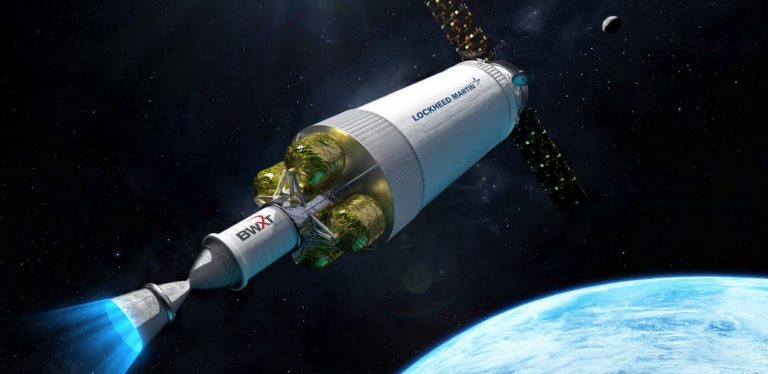The first crewed mission to Mars may get there and back a bit faster and safer if a contract DARPA has awarded to Lockheed Martin bears fruit. The contract is to rapidly advance and fabricate a nuclear thermal rocket engine scheduled to fly by 2027 for cislunar and deep space missions.
In a remarkably short time, humanity has gone from learning how to fly a heavier-than-air craft to sending robotic probes into interstellar space. The surprising thing is that the chemical rocket engines used then, and are still used now, reached the edge of their theoretical limits in 1942, just as they made their first successful flights.
Turkey aims to foster collective and concrete action of Islamic states against Sweden & Denmark
Since then, rockets have become larger and more effective, but these improvements cannot get past the inherent limitations of the basic technology in regard to thrust and efficiency. What this means is that a crewed mission to Mars is about as far as chemical rockets can take us – and only at great expense for a voyage that could take years.
Continue here: New Atlas
Ask me anything
Explore related questions





